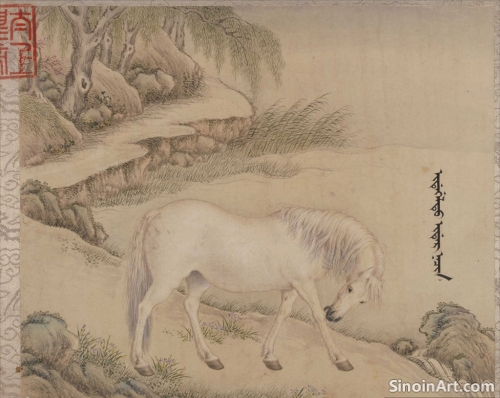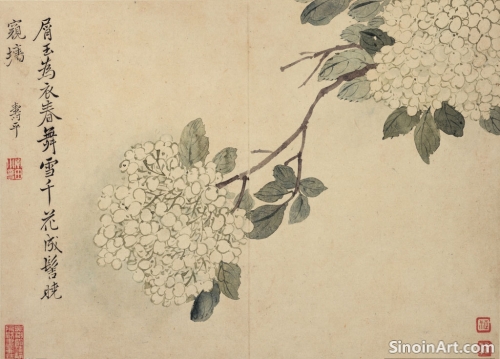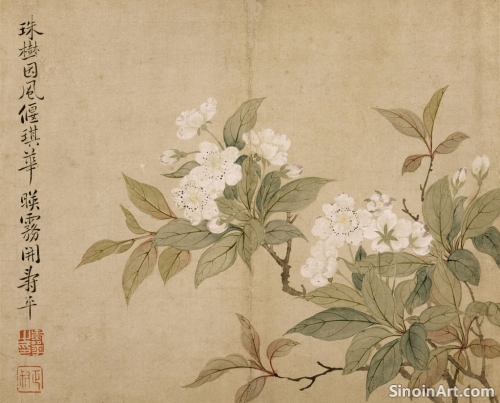Gongbi and the Representation of Movement: Capturing Dynamism
|
While Gongbi painting is known for its meticulous detail and precise rendering, artists also employ techniques to capture the sense of movement and dynamism within their works. From the flowing robes of a dancing figure to the fluttering wings of a bird, the challenge of representing movement within a static image is a critical aspect of the art form. The suggestion of movement helps the viewer experience the art in a more dynamic way.  The depiction of movement in Gongbi often relies on the skillful use of line. Artists employ varying line thicknesses, curves, and angles to suggest the energy and flow of a moving object. This control of line is critical in creating the sense of action within the piece. The lines themselves become an expression of movement.  The depiction of fabric is also used to create an impression of movement. The folds and drapery of a garment are often shown rippling, fluttering, or flowing in the direction of the implied motion. The flowing fabrics suggest the movement of the subject. The careful rendering of the fabrics helps create a sense of motion.  The careful placement of figures and objects within the composition can also help to suggest movement. By creating a dynamic arrangement of elements, the artists lead the viewer’s eye in a particular direction, creating a sense of energy and flow. The use of compositional elements enhances the feeling of movement. The rendering of birds in flight or fish swimming often demonstrates the artists’ mastery of conveying motion within the constraints of the medium. Artists will often depict the wings of birds in a way that shows the speed and lift of the flight. The dynamic rendering of flying animals and water creatures is a common way to show movement. The challenge of conveying movement in Gongbi painting demonstrates the artists’ technical prowess and their ability to transcend the limitations of the static form, creating works that are both beautifully detailed and dynamically engaging. The artists seek to breathe life into their subjects and capture their movement within the frame. |
Tag : Movement in Gongbi, dynamic art, action in painting, Chinese art techniques, depicting motion
Related information
- Gongbi and Personal Expression: The Artist's Voice
- Preserving Gongbi: The Importance of Education and Practice
- The Use of Gold Leaf and Other Embellishments in Gongbi
- The Exquisite World of Gongbi: A Detailed Introduction
- Gongbi and the Use of Bird Motifs: Symbolism and Beauty
This article focuses on Gongbi painting as a vehicle for personal expression, highlighting how artists use choices in subject matter, color, composition, and overall tone to convey their unique perspectives and artistic visions within the traditional art form.
Emphasizes the importance of education and practice for preserving the techniques and traditions of Gongbi painting, advocating for community support and the passing down of skills.
This article explores the use of gold leaf and other embellishments in Gongbi painting, detailing their application, symbolic significance, and contribution to the visual richness and overall aesthetic of the artwork.
A comprehensive introduction to Gongbi painting, highlighting its detailed nature, historical significance, common subjects, and continued relevance.
The depiction of birds is a prominent theme in Chinese Gongbi painting, often serving as a means to explore the beauty, freedom, and symbolic richness of the natural world. Artists often render a diverse array of birds, from majestic eagles and phoenixes to the more humble songbirds, imbuing them with specific cultural meanings and stylistic characteristics. The birds add a vibrant and often symbolic element to these pieces.